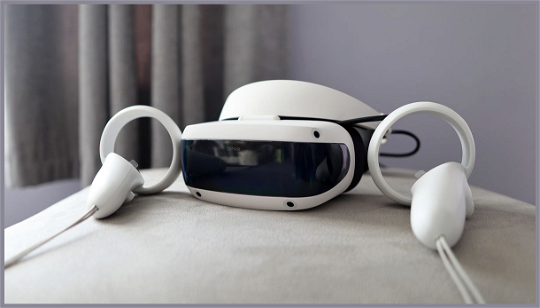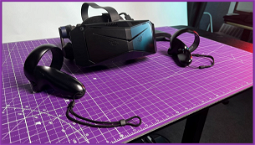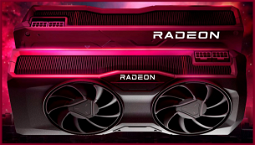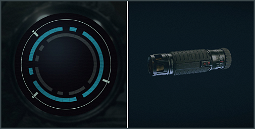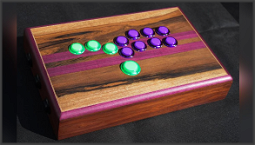The DPVR E4 VR Headset looks like a younger sibling to the original PSVR, with a similar black and white color scheme and a soft-touch, rubberized coating. It’s comfortable to wear once you’ve adjusted the headband, but the top of the headband’s adjustment is a bit fiddly. The display flips up, letting you see the outside world without taking the headset off. Overall, it’s a solid VR headset that has a few technical hiccups, but it may be overshadowed by the upcoming Meta Quest 3.
Competing with HTC Vive Pro 2 and HP Reverb G2
The E4 is competing with the likes of the HTC Vive Pro 2 and HP Reverb G2 for the best PC VR experience, but its price is almost identical to the original Vive’s. You’ll need to pick up a new PC that’s capable of handling the demands of virtual reality, but if you’re reading this, chances are you’ve already got one.
Setup
The E4’s setup process isn’t quite as simple as connecting a few wires. It requires a DisplayPort input and a spare USB 3.0 port, so you may have to upgrade your GPU dock or adapters if you haven’t already.
Once you’ve got everything, it’s relatively simple to connect everything together. I did run into a few issues with error codes during setup, but it seems to be a known issue that the company is working on.
Once everything’s set up, it integrates with SteamVR just like any other VR headset. You’ll be able to play thousands of games on the platform, from AAA experiences like Elder Scrolls V: Skyrim VR and Doom Eternal to smaller, quirky games like Glimpse the Unseen and Stifled.
Display and performance
The E4 offers inside-out tracking using four cameras, which is similar to the HTC Vive Pro 2 and HP Reverb G2. I’ve always found this to be less immersive than having a set of trackers, but it’s undoubtedly the future of VR and helps to keep the cost down.
The headset has a 72Hz base refresh rate and a resolution of 3664x1920, which provides clear, detailed images without any aliasing or pixelation. It’s a noticeable improvement over the Vive Pro and Reverb, which both use 1440p panels, and it’s comparable to the Quest 2.
The E4’s controllers are comfortable to hold and offer responsive feedback. They run on AA batteries, which is a bit of a throwback compared to rechargeable Li-Ion cells, but DPVR claims they’ll last up to six hours. I’ve been using them for a few hours now with no sign of their battery levels dropping.
The Quest 2 is still the king of PC VR controllers, but the E4’s are the next best thing. They’re noticeably heavier than the Quest 2’s controllers, but I don’t think most people will notice the difference.
Final thoughts
The E4 is a solid VR headset that’s worth considering if you’re looking to upgrade from an older Vive, such as the original. It’ll also give the Quest 2 a run for its money, but the upcoming Meta Quest 3 is a better choice.
The Quest 3 is priced competitively, and it’s likely to offer a better resolution, processor, and battery life. The E4 has a similar resolution to the Quest 2, but it’s stuck at 72Hz, which could be a deal breaker for VR enthusiasts.
Ultimately, the E4 is still a great VR headset, but it feels like it’s being left behind by the upcoming Meta Quest 3.
